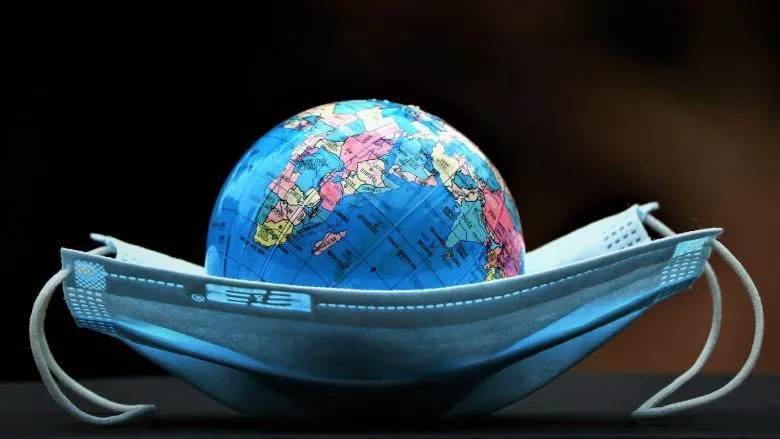This realization produced something unexpected, specifically among men in their early 20s from well-to-do English families. These young men purchased expensive roadsters and fast cars and began driving them at top speeds throughout the country. Shortly after that, the incidence rate of car accidents, often severe, rose significantly throughout England. Not only were there deaths, but many of these wealthy young men suffered acute injuries and physical disfigurations that changed their lives forever.
Flip forward 90 years, and it appears something similar is happening again. During the pandemic and continuing today, there are fewer cars on the road. But at the same time, the number of car accidents has risen dramatically.
A perfect example is what is happening in Connecticut. The Connecticut Mirror recently reported a 21% increase in car crash fatalities in 2020 compared to the previous year. The crash fatality rate rose again in 2021, with an estimated 323 deaths.
While Connecticut authorities cannot pinpoint one specific reason for the uptick, what is clear, they say, is that people are driving faster and more recklessly, with little concern for their welfare or the welfare of others.
For enterprise security leaders, there may be more to these accidents than initially meets the eye. Security professionals should ask themselves while reimagining risk assessments during crises:
- Are the smash-and-grab robberies that made headlines before Christmas 2021 another example of people acting recklessly and taking brazen risks?
- How about the surge in murders around the country in 2020?
- Could such criminal and irresponsible acts spread to other types of settings — offices, convention centers, etc. — potentially causing considerable harm?
Security leaders must stay not just one, but several steps ahead of what could turn out to be trends in criminal behavior. When conducting risk assessments, security professionals can no longer base reports only on hazards that have happened or can happen today, but on those that potentially could happen one or several years into the future.
A perfect example is the retail sector. Reimagining risk assessments in global crises targeting this sector have previously pointed out potential hazards that, first, could negatively impact the safety of their staff and, second, prevent shoplifting and catch shoplifters, whether they were shoppers or store personnel.
However, today, a retail store risk assessment that does not take into consideration — and offer ways to minimize or prevent — smash-and-grab robberies would be considered professionally incomplete. Further, the risk assessment would need to consider such “sister acts” as ram raids (driving a car or truck into a store window to steal what’s inside) and flash mobs (spontaneous acts of mass theft).
Similarly, risk assessments conducted today and going forward for hospitals and healthcare facilities, schools, and office buildings also must be reimagined.
The world of security is ever-evolving. Security professionals must always look for ways to improve safety for building users and enterprise communities. Enterprise organizations must be prepared for Reimagining risk assessments in global crises and as many potential hazards as possible — even those that might evolve down the road.





